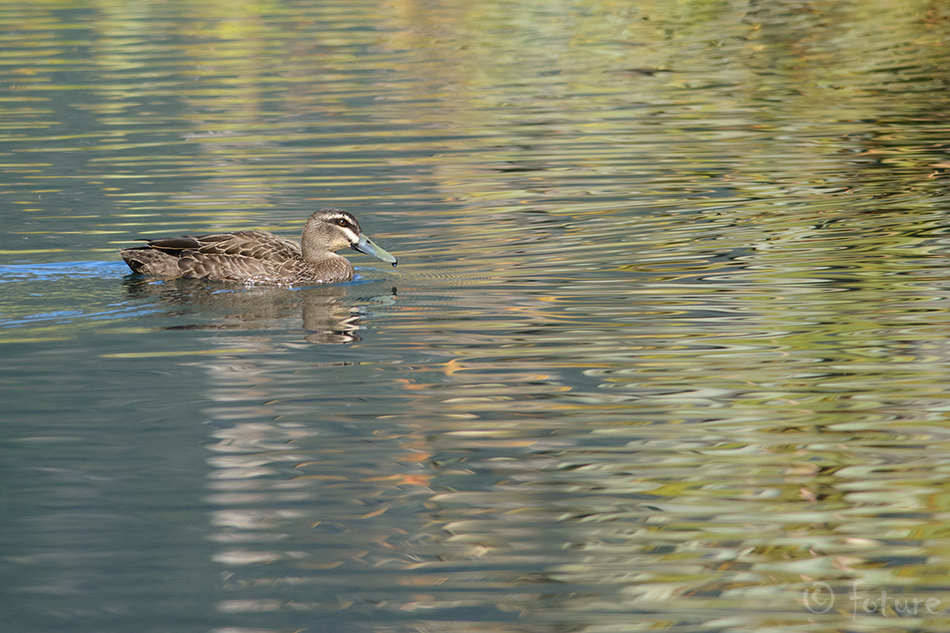
Kui reisilt tulles piltide järgi võõraid linnuliike määrates kirjutab välimääraja mõne linnu juures, et tegemist on haruldase liigiga, on fotograafi rõõm kohe mitmekordne. Tõmmupardi (maoori keeles Parera) juures selline märge oli ja Uus-Meremaal pole ta mitte ainult haruldane, vaid lausa väga haruldane. Ja siin pole liigi kadumise põhjuseks mitte elupaikade kadu, vaid võõrliigi sissetoomine eurooplaste poolt. Sinikael-part, tuleb välja, meeldis ka tõmmupartidele (ning vastupidi), mistõttu kahe liigi segunemine on olnud massiivne ja puhtatõulisi tõmmuparte jääb järjest vähemaks. Seda arengut pidurdada on kahjuks aga võimatu. Pildile jäi aga see puhtatõuline tõmmupart Fiordlandis, Uus-Meremaa lõunasaare metsikus edelanurgas.
When you come from a trip abroad and start identifying the unknown birds using the field guide and the guide says that the bird is very rare, the photographer is always extra happy. It was the case with this Grey Duck (Parera in maori) and it's not just rare in New Zealand but was qualified as very rare. The reason is not the loss of habitat but the import of foreign species by the European settlers. As it turns out, grey ducks like mallards and vice versa which unfortunately means that the grey ducks have extensively hybridized with introduced mallards and very few pure grey ducks exist. And this is a process that cannot be stopped. The photo of this purebred grey duck was taken in Fiordland National Park, New Zealand.

Kommentaare ei ole:
Postita kommentaar